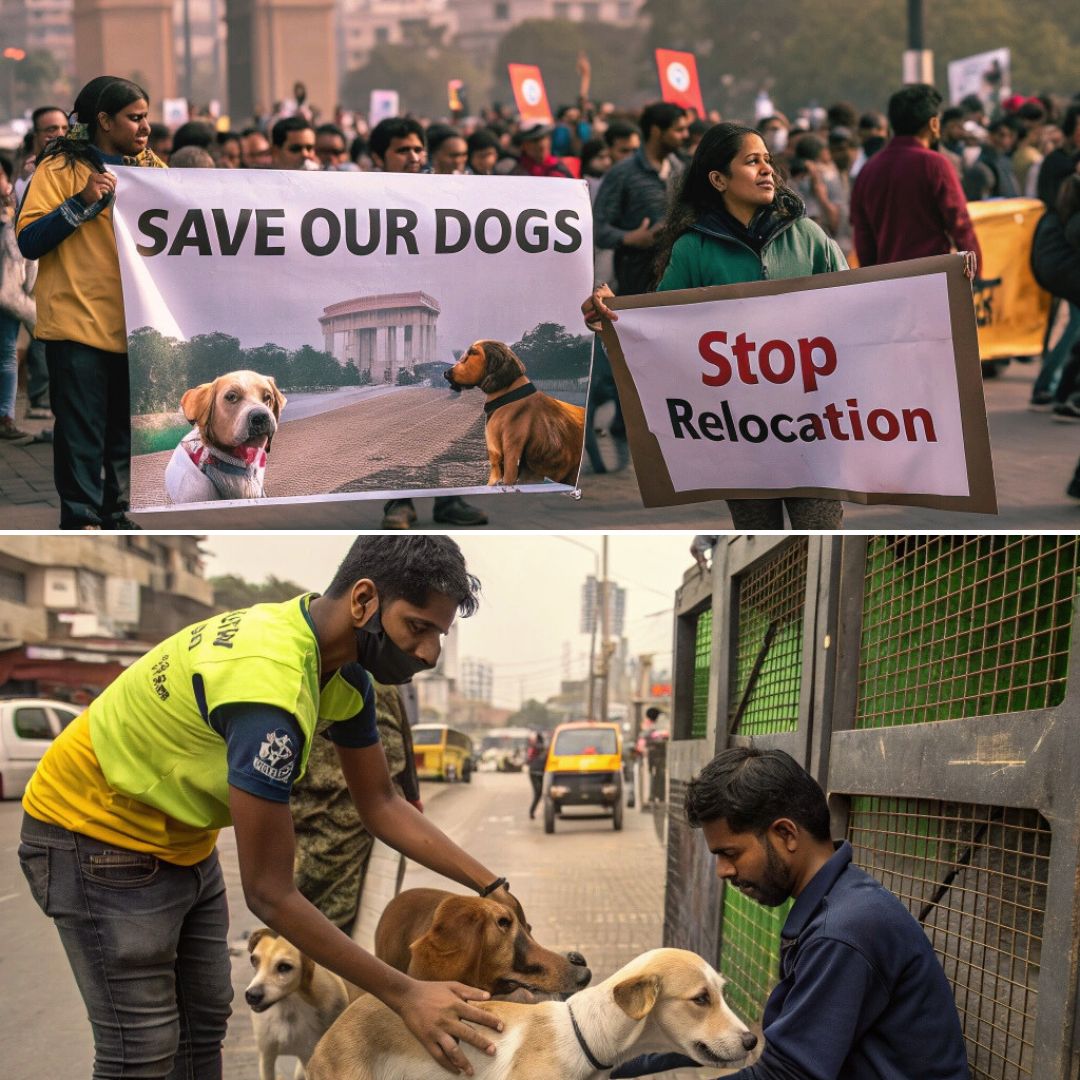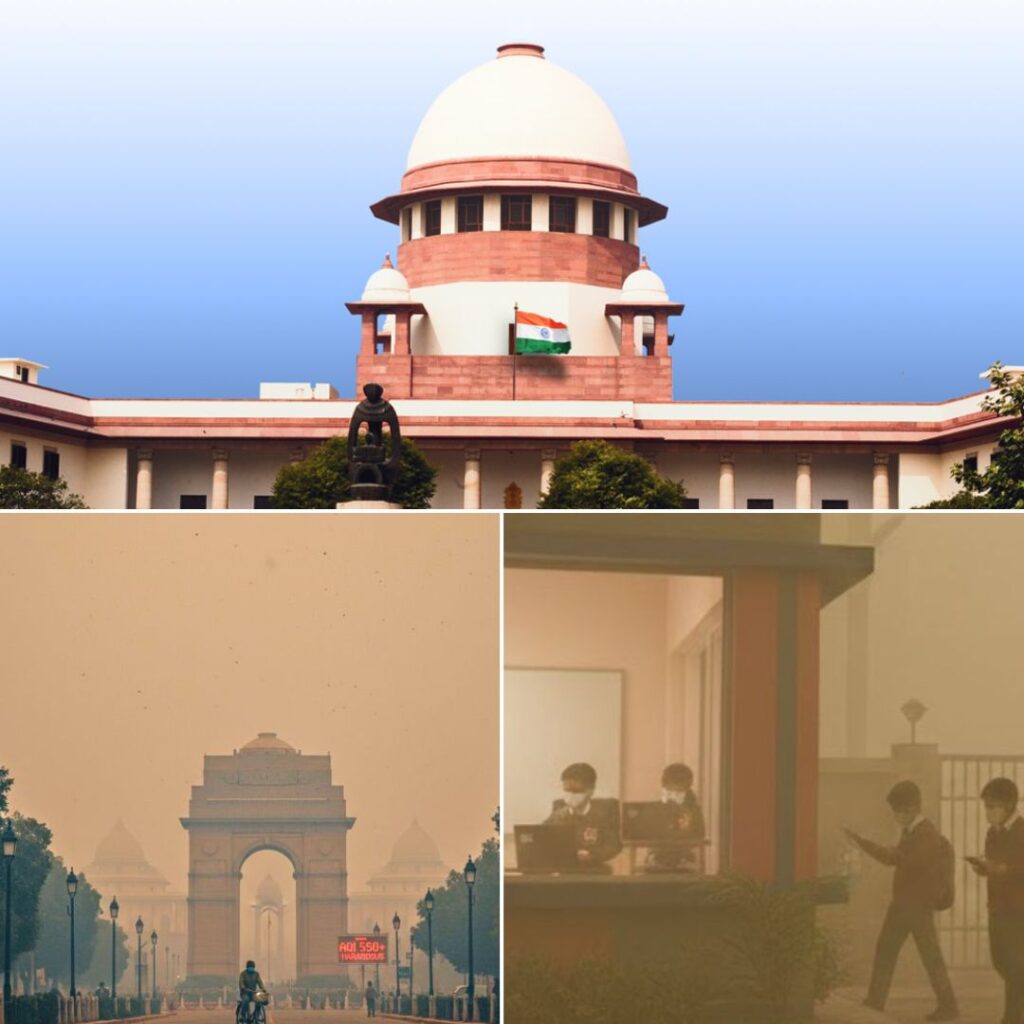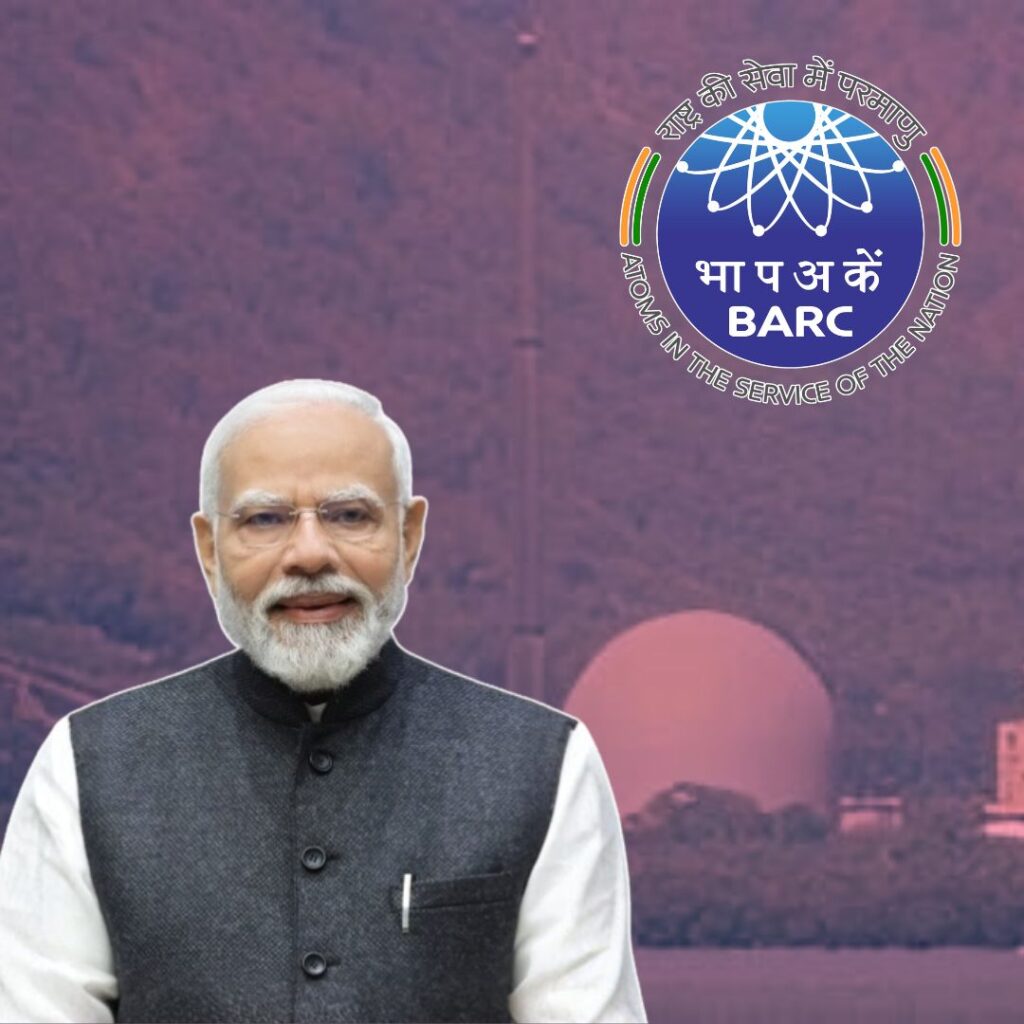Following the Supreme Court’s suo motu order on August 11, 2025, Delhi is embarking on a major, court-mandated campaign to address the escalating stray dog menace in the city. The directive requires the immediate removal of all aggressive, diseased, and vulnerable stray dogs from public spaces in Delhi-NCR, including Shahdara and Bhajanpura areas, within eight weeks.
However, the order has provoked significant protests from animal rights activists and concerned citizens. Around 40-50 activists gathered at India Gate to voice their opposition, arguing that removal is not a solution and demanding strict enforcement of sterilisation and vaccination programs instead.
Several protestors were detained by Delhi Police, highlighting the deep division between public safety priorities and animal welfare concerns.
Mayor Singh said the removal of strays will be carried out across Delhi in a phased manner, with the first phase focusing on dogs who are infected with rabies and prone to biting.
This ruling marks a significant shift from the earlier Animal Birth Control (ABC) Rules of 2013, which mandated sterilisation and release back into original locations.
Shelter Infrastructure and Implementation Challenges
Delhi’s estimated stray dog population is around 10 lakh, while its infrastructure is severely lacking to accommodate such numbers humanely. Currently, only about 20 shelters exist with capacity for fewer than 5,000 dogs, leaving a massive gap between demand and supply.
The Municipal Corporation of Delhi (MCD) faces critical challenges such as insufficient staff and vehicles for dog catch operations, land constraints for creating new shelters, and high ongoing costs associated with feeding and medical care. Conditions in existing sterilisation centres have also come under scrutiny, with investigations revealing overcrowding, unsanitary environments, and poor record-keeping.
MCD authorities, including Mayor Raja Iqbal Singh, have pledged phased implementation of the court’s order, working alongside NGOs to scale shelter capacity and sterilisation drives. Despite these efforts, the logistical and financial hurdles remain substantial.
While speaking to ANI, Mayor Singh also mentioned plans for a meeting with agencies across Delhi-NCR to establish dog-free zones and scale up sterilisation programmes. Efforts are underway to identify unused community halls and buildings in each zone to be used as additional shelters.
He emphasised that this approach prioritises the welfare of both residents and animals, adding that “CM Rekha Gupta never says no to any project, and she thinks about public welfare.”
Controversy and Stakeholder Reactions
The Supreme Court’s directive has ignited heated debate among government officials, animal welfare activists, and the public. The court emphasised that the rising numbers of dog bite incidents and rabies deaths, over 35,000 cases reported in Delhi alone in the first half of 2025, necessitate urgent action prioritising human safety, particularly for children and vulnerable populations. According to a report, over 10,000 people get bitten by dogs everyday in India.
Public sentiments have been stirred by tragic incidents, including the death of a six-year-old girl from rabies after a stray dog bite, prompting vocal demands for stringent control measures.
Conversely, animal rights groups have strongly opposed the ruling, arguing that forced removal and permanent sheltering violate the ABC Rules and animal welfare laws, potentially causing overcrowding-related diseases and a vacuum effect where aggressive dogs return to cleared areas.
Protests erupted in Delhi, with police detaining activists campaigning against the order. Critics call for renewing emphasis on sterilisation, vaccination, and community engagement rather than abrupt removals, fearing that the court’s approach is impractical and inhumane. The government, meanwhile, is caught balancing public safety concerns with the ethical treatment of animals.
The Logical Indian’s Perspective
The Supreme Court’s intervention highlights a vital issue, ensuring public safety while addressing the complexities of animal welfare in urban spaces.
The Logical Indian advocates for a balanced, compassionate approach that combines humane dog population management with community participation. Increasing shelter capacity and improving their conditions, intensifying sterilisation and vaccination drives, and fostering responsible pet ownership alongside education and awareness campaigns are essential.
Addressing the stray dog menace is undeniably urgent, but solutions must be sustainable, scalable, and empathetic. Abrupt removals without adequate infrastructure risk worsening conditions for both animals and people.
VIDEO | Delhi: People stage a protest at India Gate against the Supreme Court’s order to relocate stray dogs to shelters within 8 weeks.
— Press Trust of India (@PTI_News) August 11, 2025
Activist Pankaj Pandey says, “I respect the Supreme Court, but since the BJP government came to power in Delhi, it has worked against the… pic.twitter.com/1jO1axe7XT
#WATCH | Delhi | On SC order to send all stray dogs in Delhi-NCR to shelters within 8 weeks, Delhi Mayor Iqbal Singh says, "I welcome Supreme Court's order as the people of Delhi were facing a lot of problems. We will try our best to implement this order in the next 6 weeks. We… pic.twitter.com/eD1ZVaePRs
— ANI (@ANI) August 12, 2025











